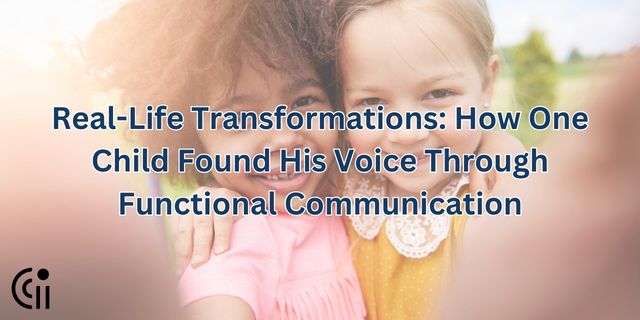For many children with autism, eating can be a daily struggle. Some children may only eat a handful of foods. This is called food selectivity, and it can make mealtimes stressful for the entire family.
At Circle City ABA, we support children and families through food expansion programs designed to gently increase the number of foods a child will try. We’re excited to share one child’s inspiring progress.
Kindly note: Therapy is a very personal experience, and, as with any other treatment, results are not uniform. Many factors determine if a child will benefit from therapy, including individual characteristics, the nature of their needs, and how well the child is receiving support at home and/or school.
What Is Food Selectivity and Why Does It Matter?
Food selectivity and autism often go hand in hand. A child might only eat foods that are a specific color, texture, or brand. Some kids may refuse to eat fruits or vegetables completely. Others might only eat crunchy snacks or soft foods.
This can lead to nutritional concerns, stress at mealtimes, and challenges when eating in public or at school. Parents often feel overwhelmed when trying to introduce new foods at home.
That’s where ABA therapy can help.
Introducing New Foods with Support
One of our clients came to us with minimal food choices. At the start of therapy, he would only eat a small number of preferred snacks. Fruits, vegetables, and proteins were entirely off the table—literally.
Through consistent ABA therapy and food expansion programming, this client began to make slow, steady progress. Therapists used positive reinforcement, play-based strategies, and a gentle approach to help him become more comfortable with new foods.
Today, this same child is eating berries, grapes, peanuts, carrots, and scrambled eggs—a massive win for him and his family.
How Food Expansion Works in ABA Therapy
Food expansion at Circle City ABA is not about force or pressure. It’s about meeting a child where they are and helping them build new skills step by step.
Therapists start by working with foods that look or feel similar to a child’s current favorites. They offer encouragement and celebrate small steps, like touching or smelling a new food, before moving to tasting or swallowing.
In this case, the child started with foods similar in texture or color to his preferred snacks. Over time, he grew more willing to interact with new items on his plate. This allowed him to build confidence and trust.
The result? A child who now enjoys a wider variety of healthy, nutritious foods.
Why This Transformation Matters
This transformation isn’t just about food—it’s about so much more.
By learning to try new things, this child also gained confidence. He became more flexible, started communicating more, and even worked through challenges in new ways. Mealtimes got easier. The stress at the table began to fade. And you could see the pride on his face with every little win.
None of it happened overnight. But with the proper support, a plan made just for him, and a lot of hard work, real progress started to shine through.
Food Selectivity Doesn’t Have to Last Forever
Many families feel stuck when their child struggles with food selectivity. But change is possible.
With the proper support, children with autism can expand their diets and enjoy a more balanced relationship with food. The key is to take it one small step at a time, with encouragement and patience.
Start ABA Therapy at Circle City ABA
If your child struggles with food selectivity, Circle City ABA is here to help.
Our experienced team creates customized therapy programs, including food expansion, that focus on real-life progress. We support children as young as 18 months through age 17.
Contact our admissions team for more information on our services and how we can support you and your child. Find a location near you! We serve Arizona, Georgia, Indiana, Iowa, and Nebraska. Let’s take the next step together.
Disclaimer: Every child is different. This story reflects one individual’s progress. Outcomes may vary based on many factors, including the child’s unique needs and the support they receive.


